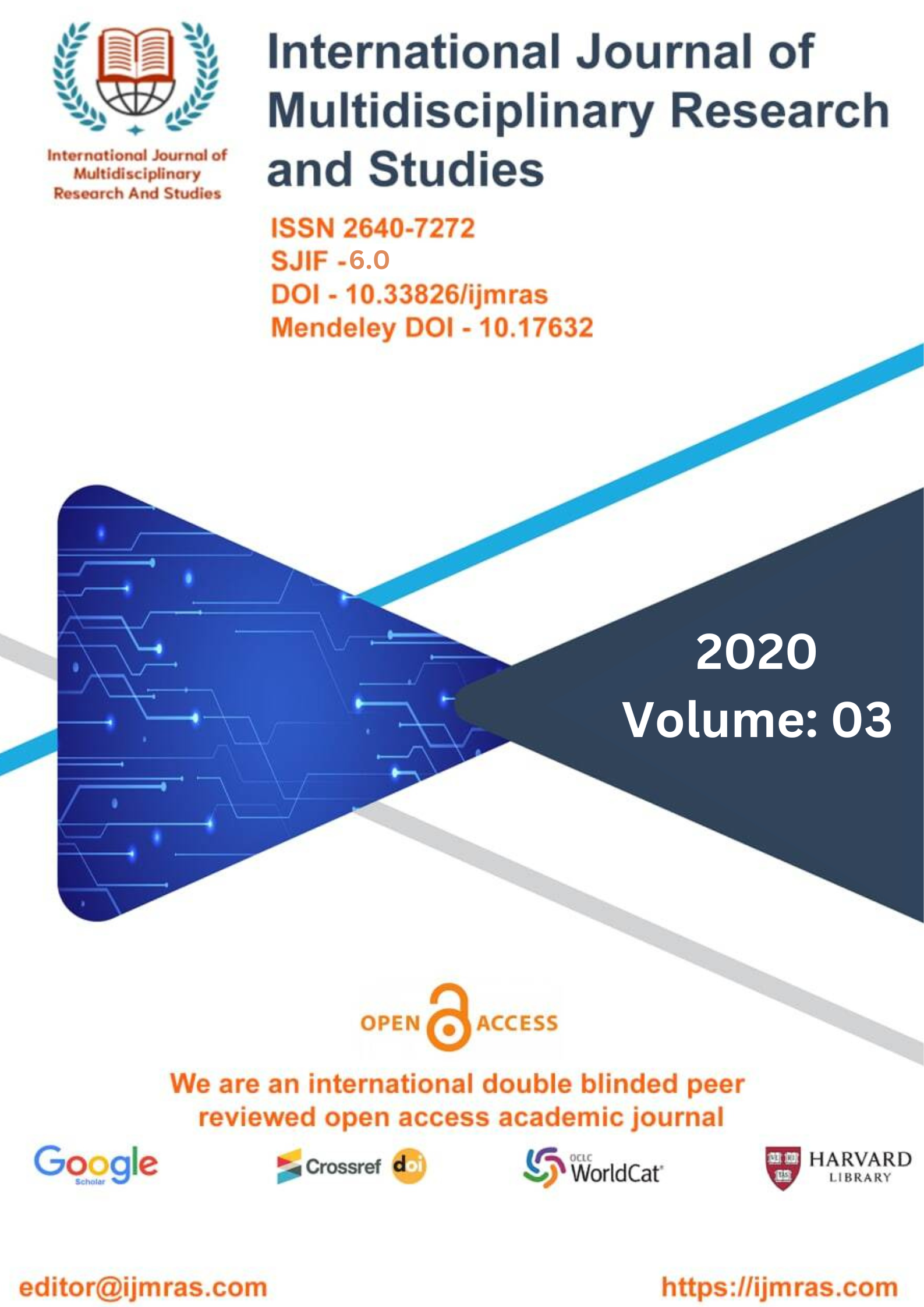GENERAL CHARACTERISTICS OF THE SUPERCLASS MYRIAPODA

Abstract
In spite of the fact that naturalists first started paying attention to Myriapoda in 1874, the contributions made by naturalists to our knowledge of the various places on the group are weak and deficient. Since that time, very little progress has been accomplished, which may be at least partially attributable to the fact that the group as a whole does not have any economic significance, the members of the group live extremely long lives, and their reatrioted occurrenue.Those of New Port (1&1) and Fabre are credited with having done the early studies on the male reproductive system of millipedes (1855). Fabre discussed a single species from each of the families Julidae, Glorneridae, Polyxenidae, and Polydesmidae, whereas New Port restricted his investigation to the family Julidae. The only aspect of the gonopods' exterior anatomy that was included in Fabre's description was that part. Von Rath added further details to the material that was already available on the masculine rnpmduti8 qatem of polvdeamur - u-a* mb othor gods (1890). A+tr)mr (1894) provided a more in-depth description of the aal gonopod of a variety of millipedes; nevertheless, he did not go into sufficient detail about the internal anatomy of these structures. This was carried out not too much later on.
Keywords
Superclass, MyriapodaHow to Cite
References
Adis J, Harvey MS. 2000. How many Arachnida and Myriapoda are there world-wide and in Amazonia? Stud. Neotrop. Fauna Environ. 35:139–411a. Anderson LI, Trewin NH. 2003. An Early Devonian arthropod fauna from the Windyfield Cherts, Aberdeenshire, Scotland. Palaeontology 46:457–509
Arthur W, Foddai D, Kettle C, Lewis JGE, Luczynski M, Minelli A. 2001. Analysis of segment number and enzyme variation in a centipede reveals a cryptic species, Geophilus easoni sp. nov., and raises questions about speciation. Biol. J. Linn. Soc. 74:489–99
Arthur W, Kettle C. 2001. Geographic patterning of variation in segment number in geophilomorph centipedes: clines and speciation. Evol. Dev. 3:34–40
Attems CG. 1926. Chilopoda. In Handbuch der Zoologie. Eine Naturgeschichte der Stamme des Tierreiches. Vol. IV. Progoneata - Chilopoda - Insecta, ed. W Ku¨ kenthal, T Krumbach, pp. 239–402. Berlin: Walter de Gruyter
Bastianello A, Minelli A. 2001. engrailed sequences from four centipede orders: strong sequence conservation, duplications and phylogeny. Dev. Genes Evol. 211:620–23
Bastianello A, Ronco M, Burato PA, Minelli A. 2002. Hox gene sequences from the geophilomorph centipede Pachymerium ferrugineum (C. L. Koch, 1835) (Chilopoda: Geophilomorpha: Geophilidae): implications for the evolution of the Hox class genes of arthropods. Mol. Phylogenet. Evol. 22:155–61
Bitsch C, Bitsch J. 2002. The endoskeletal structures in arthropods: cytology, morphology and evolution. Arthropod Struct. Dev. 30:159–77
Bonato L, Foddai D, Minelli A. 2003. Evolutionary trends and patterns in centipede seg- ment number based on a cladistic analysis of Mecistocephalidae (Chilopoda: Geophilo- morpha). Syst. Entomol. 28:539–79
Bonato L, Minelli A. 2002. Parental care in Dicellophilus carniolensis (C. L. Koch, 1847): new behavioural evidence with implications for the higher phylogeny of centipedes (Chilopoda). Zool. Anz. 241:193–98
Borucki H. 1996. Evolution und Phylogenetisches System der Chilopoda (Mandibulata, Tracheata). Verh. Naturwiss. Ver. Hambg. 35:95–226
Bush SP, King BO, Norris RL, Stockwell SA. 2001. Centipede envenomation. Wilderness Environ. Med. 12:93–99
Carcupino M, Fausto AM, Bernardino Ortega ML, Zapparoli M, Mazzini M. 1996. Spermatophore development and sperm ultrastructure in Craterostigmus tasmanianus (Chilopoda, Craterostigmomorpha). Zoomorphology 116:103–10
License
Copyright (c) 2020 DEEPAK KUMAR

This work is licensed under a Creative Commons Attribution 4.0 International License.
Individual articles are published Open Access under the Creative Commons Licence: CC-BY 4.0.




